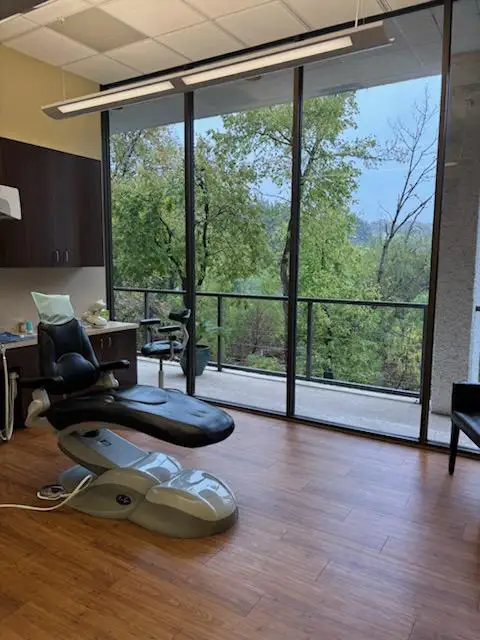Endodontic Services
Austin, TX
 Taking good care of your teeth and gums is an important part of life. A beautiful smile not only looks good, but it is also an indicator of your overall health. Studies have shown that systemic illnesses, such as cardiovascular disease and diabetes, are directly linked to oral health complications like periodontal (gum) disease. At Duggan Endodontics, our goal is to help you maintain excellent oral health and improve your overall quality of life. Our services include preventive, restorative, cosmetic, and emergency dentistry. If you are in need of any professional dental treatment, you have come to the right place! Taking good care of your teeth and gums is an important part of life. A beautiful smile not only looks good, but it is also an indicator of your overall health. Studies have shown that systemic illnesses, such as cardiovascular disease and diabetes, are directly linked to oral health complications like periodontal (gum) disease. At Duggan Endodontics, our goal is to help you maintain excellent oral health and improve your overall quality of life. Our services include preventive, restorative, cosmetic, and emergency dentistry. If you are in need of any professional dental treatment, you have come to the right place!
Endodontic therapy, commonly known as root canal therapy, is a dental procedure designed to preserve a tooth afflicted with infected pulp, preventing the need for extraction. The pulp, located beneath the enamel and dentin layers, is the soft inner portion of the tooth. Once infected, the pulp cannot self-heal, but our dentist at Duggan endodontics can employ a therapeutic process to save the tooth, eliminate the infection, and restore its natural function.
A root canal is a corrective measure for addressing tooth cavities, particularly when the cavities have affected the tooth roots. Dentists may recommend this procedure to remove infected pulp, cleanse the affected area, and fill it with a synthetic material. While a root canal can save a tooth and prevent extraction, concerns have arisen regarding its safety. It is important to note that this procedure has been safely practiced for over a century, with no evidence linking it to health issues or fatalities.
While many patients experience successful healing and restoration of tooth function after root canal treatment for inflamed, diseased, or damaged pulp tissue, there are instances where the tooth may not heal as expected. Pain or recurring infections can occur, prompting the need for a second opportunity to treat and save the tooth through our root canal re-treatment.
Regenerative endodontics is a relatively recent development in dentistry thanks to new research centered around tissue regeneration. While the term regenerative endodontics refers to several procedures, the general concept for each is the same. This type of treatment involves the application of biological based materials that we apply directly to the damaged area.
Maybe you already know an endodontist can perform root canal surgery on adults, but what about children? Perhaps you have recently been told that your child may need a root canal. On the other hand, maybe you are simply curious about this procedure and want to understand more about it and how we perform it. Here at Duggan endodontics, we are happy to help you learn more.
An apicoectomy is a fairly simple and minor procedure. A dentist can perform it, but endodontists are more qualified specialists since they have more years of training and experience. Adults and children can have an apicoectomy as a way to save teeth with risk factors and prevent severe complications.
Our teeth are renowned as the strongest substance in the human body. Still, they are not immune to harm despite their robust nature. Maintaining optimal oral health through regular brushing, flossing, and visits to the dentist for exams and cleanings can help reduce the risk of damage, but even individuals dedicated to their oral care may encounter issues with their teeth.
When most people think about traumatic injuries, issues, and emergencies, the teeth are the most common thing to come to mind. However, the teeth are not always the only thing affected by injuries to the mouth. In many cases, the soft tissue, including the gums, can also be impacted. The gums can be affected by a variety of different issues, including cuts, burns, contusions, and more. The severity of gum injuries varies. Some can be treated at home while others may require professional attention.
Schedule Your Appointment
To learn more about the services we provide call (512)-380-0777 and schedule your appointment now! |